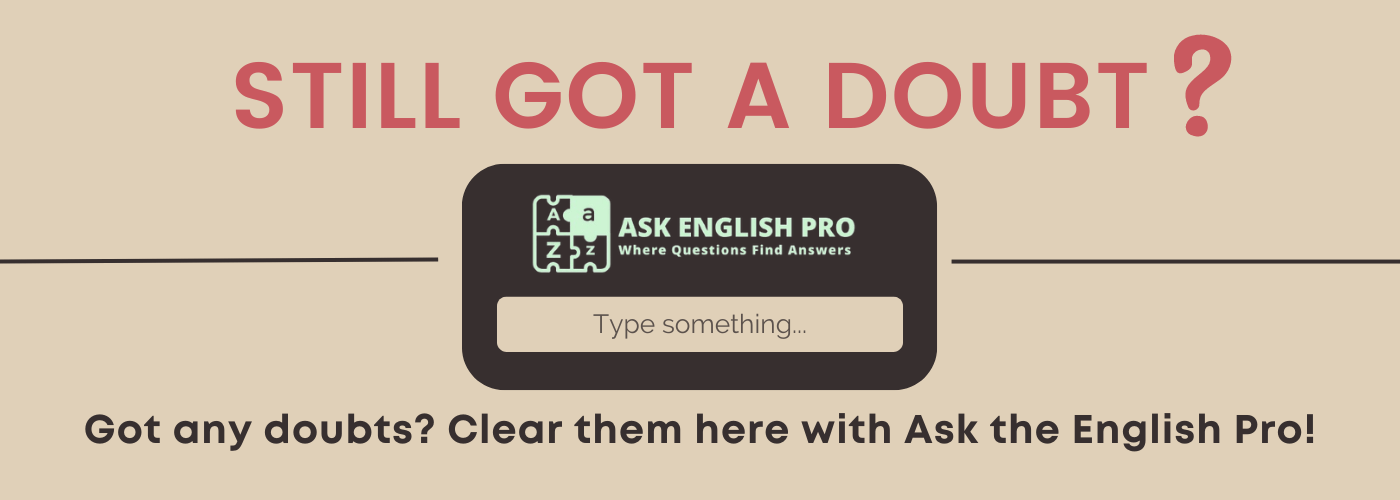Introduction to the Origin of Cliché
The word “cliché” is often used to describe overused expressions or ideas, but its origins are deeply rooted in the history of printing and language evolution. The journey of “cliché” from a technical term to a cultural staple reveals fascinating insights into how language adapts and absorbs technological and artistic influences. Exploring the origin of “cliché” provides a window into the intersection of language, innovation, and communication.
Tracing the History of Cliché
The word “cliché” originates from the French printing industry of the early 19th century. It derives from the French verb clicher, meaning “to stereotype” or “to cast in metal.” In traditional printing, a “cliché” referred to a metal plate used to reproduce commonly used phrases or images, allowing for quicker and more consistent printing. Over time, the term transitioned into a metaphorical sense, describing ideas or expressions that had become formulaic and uninspired due to excessive repetition. By the mid-19th century, English speakers had adopted “cliché” to refer to overused phrases, particularly in literature and speech.
The Cultural Journey of Cliché
As language evolved, “cliché” became a critical term in literature, film, and media to describe predictable or unimaginative storytelling. Writers and artists strive to avoid clichés to maintain originality, yet they also recognize that clichés persist because they resonate universally. In modern culture, “cliché” is frequently used in discussions about creative expression, marketing, and everyday conversation. Phrases like “love at first sight” or “time heals all wounds” are classic examples of clichés—once fresh ideas that have lost their impact due to overuse.
Modern-Day Relevance of Cliché
Today, the word “cliché” extends beyond literature and into social commentary. It is often used to critique advertising, politics, and media narratives that rely on predictable tropes. The concept of “cliché” also plays a role in discussions about originality in art, where creators strive to balance familiarity with innovation. Despite its negative connotation, clichés remain useful in communication because they provide instantly recognizable meanings.
Bonus Tip: Use “cliché” in a sentence, e.g., “The movie was entertaining, but the plot was full of clichés that made it predictable.”
Why Cliché Matters
Understanding the origin of “cliché” offers a unique perspective on how language and technology influence communication. While clichés can sometimes hinder originality, they also serve as cultural touchstones that connect generations. By recognizing clichés, we can become more thoughtful communicators and creators, ensuring that our expressions remain fresh and impactful.



















